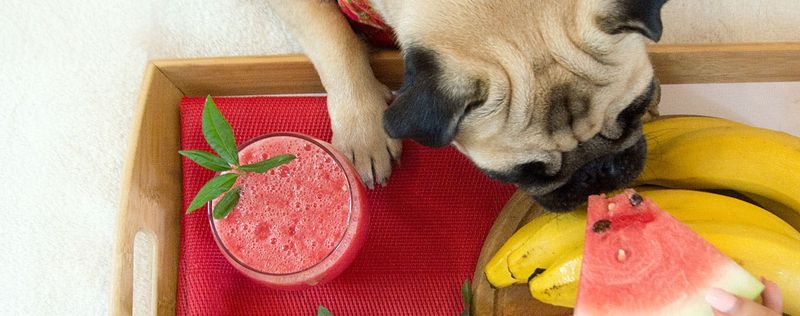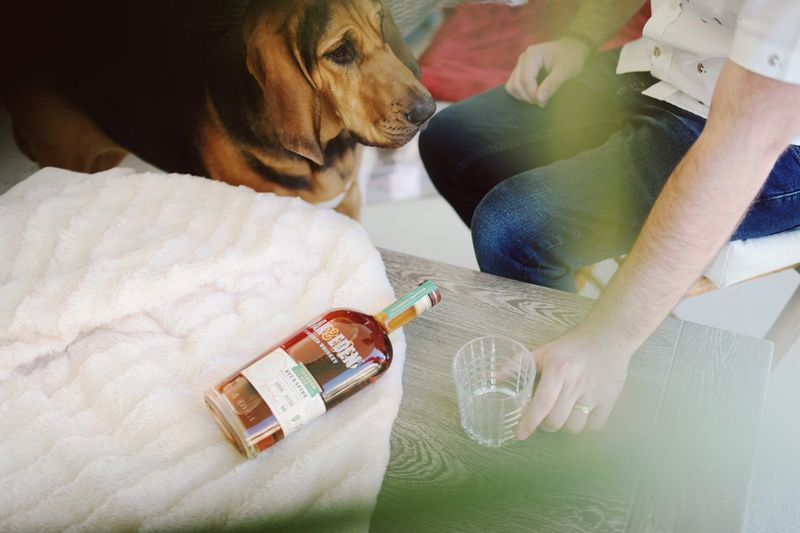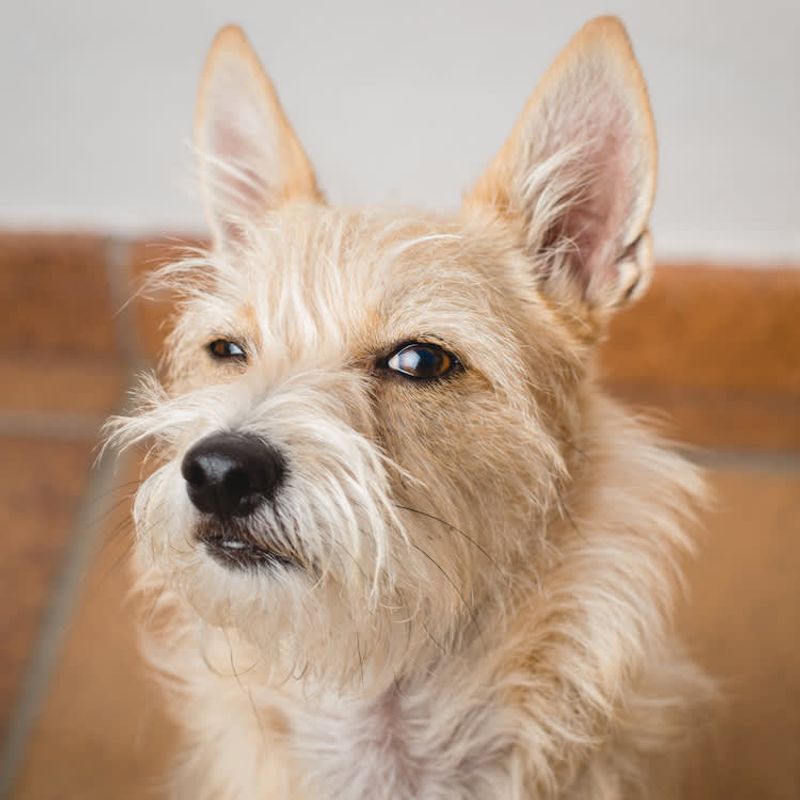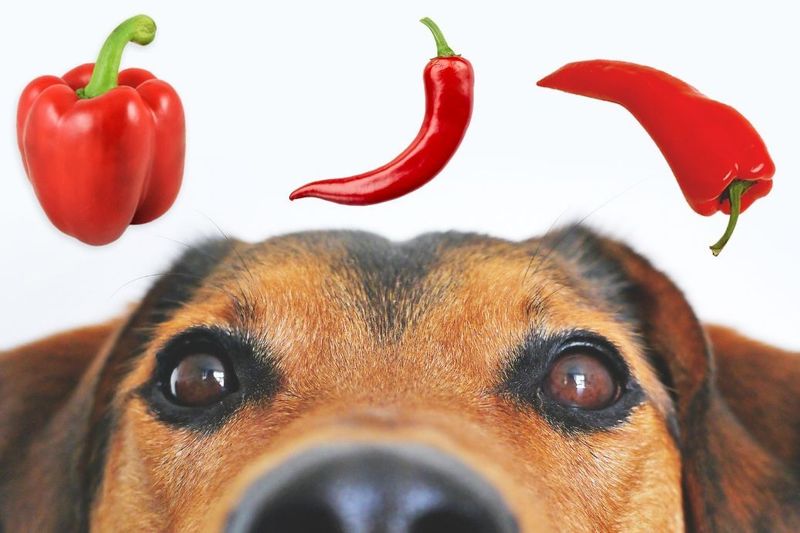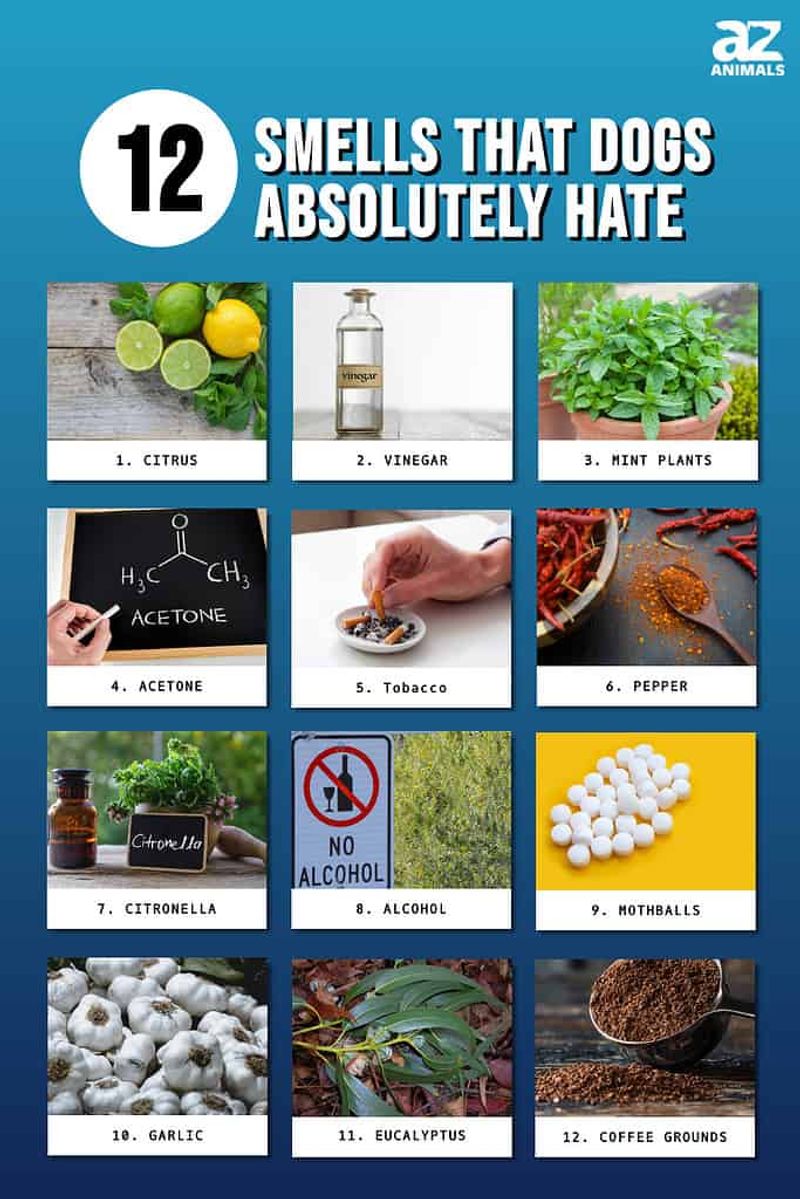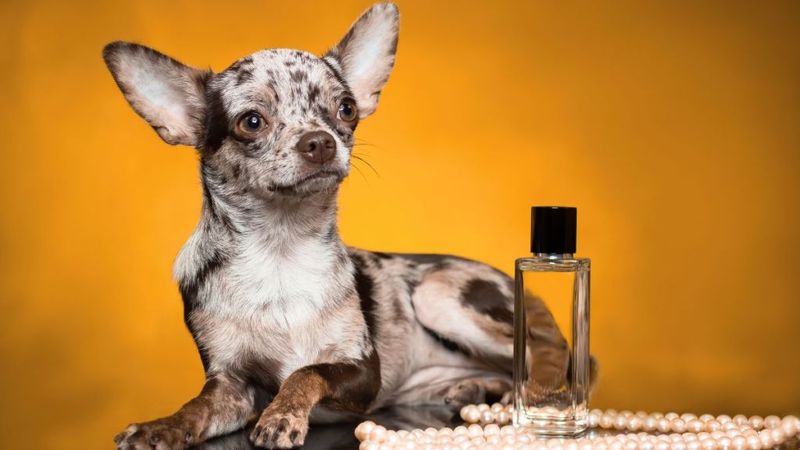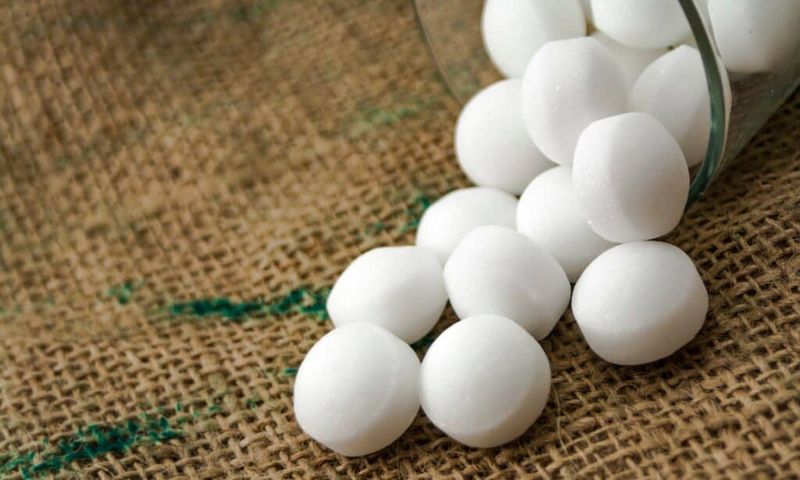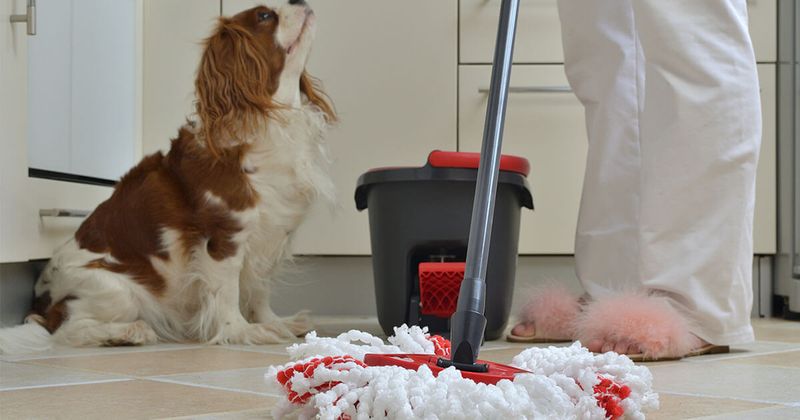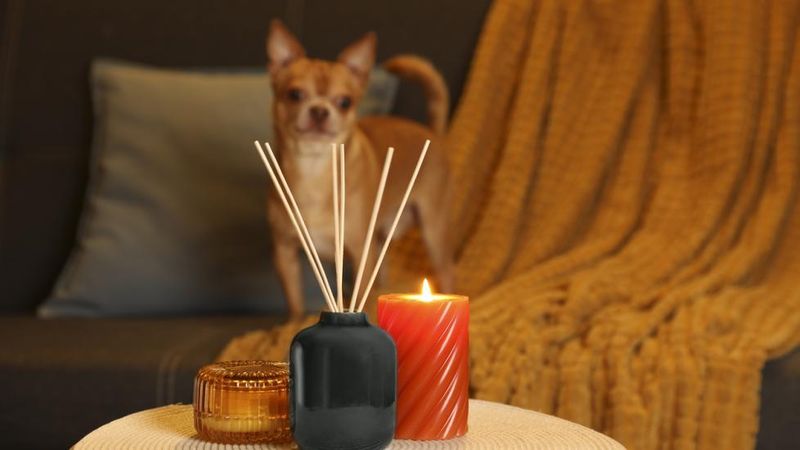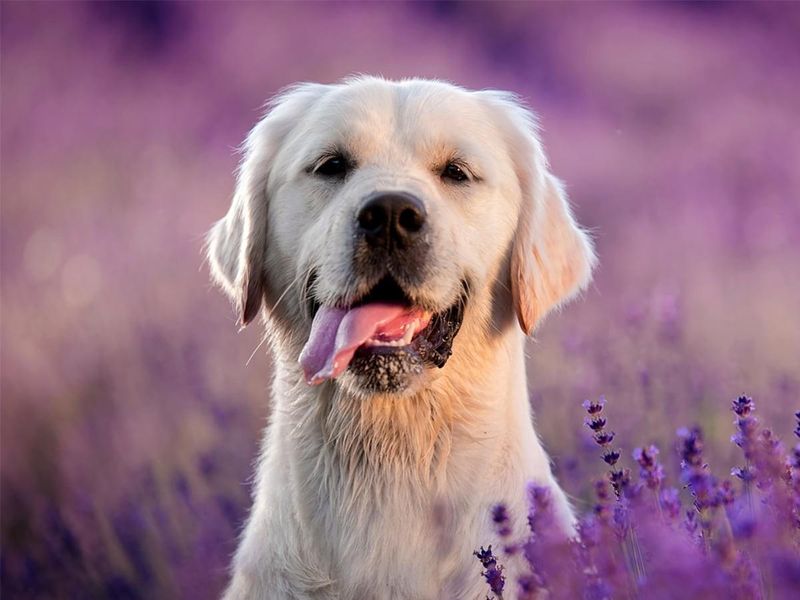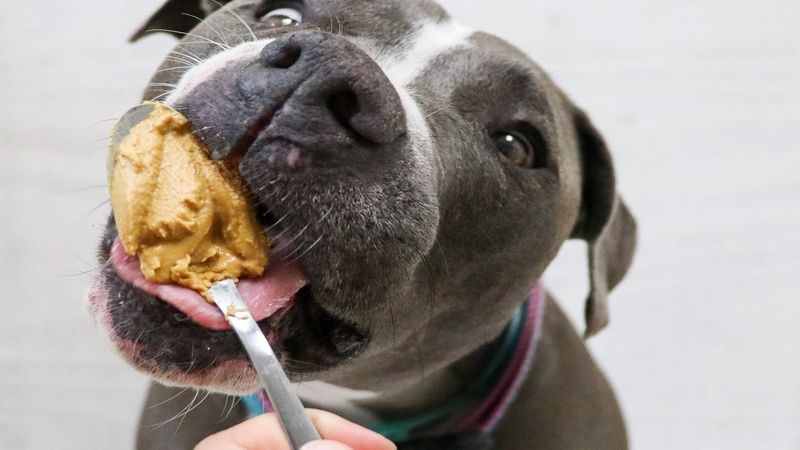Dogs have a remarkable sense of smell, and while some scents can make their tails wag with joy, others can send them running. In this post, we’ll explore the complex world of canine olfactory preferences, revealing ten smells that dogs generally dislike and five that they adore. Understanding these preferences can help pet owners create a more pleasant environment for their furry friends. Let’s dive into the intriguing world of smells from a dog’s perspective!
Citrus Scents
Dogs often wrinkle their noses at citrus scents. The strong, tangy aroma of lemons, oranges, and limes can be overwhelming for their sensitive noses. Many dogs will actively avoid areas where these fruits or cleaning products with citrus oils are present.
If you’re trying to keep your pup out of certain areas, a strategically placed citrus-scented item might do the trick. However, always ensure these items are out of reach to prevent any chewing mishaps. It’s a natural way to set boundaries without using harsh chemicals.
Remember, what repels one dog might not affect another, so observe your pet’s reactions.
Vinegar
Vinegar, with its sharp and pungent smell, is another scent that many dogs find off-putting. This common household item can be an effective deterrent for curious noses and paws.
Spritzing a vinegar solution on areas you want to protect can help keep your dog away, but be careful to use it sparingly. Too much can create an unpleasant atmosphere in your home not just for your dog, but for you too.
Interestingly, vinegar’s scent fades quickly for humans, but dogs’ noses can pick up the residual smell long after it’s gone.
Alcohol
Alcohol’s biting scent can be unpleasant not only for humans but for dogs as well. The sharp odor of spirits like vodka or whiskey can deter dogs from certain areas or items.
If you’ve ever noticed your dog backing away from a cocktail, their sensitive nose is likely at work. It’s best to keep alcoholic beverages and products containing alcohol well out of reach from your canine companion.
In households with pets, it’s crucial to ensure that all forms of alcohol are securely stored to prevent accidental consumption, which can be dangerous for dogs.
Ammonia
The pungent smell of ammonia is particularly unpleasant for dogs. Often found in cleaning products, ammonia mimics the scent of urine to a dog’s nose, triggering territorial instincts.
Many dogs will avoid areas where ammonia has been used, making it a useful deterrent for certain behaviors. However, caution is advised since ammonia can be harmful if inhaled in large quantities.
Always ventilate areas where ammonia is used and consider milder alternatives if your dog seems particularly distressed by the smell.
Chili Peppers
Chili peppers contain capsaicin, which produces a spicy, intense aroma that can be irritating to dogs. The burning sensation they cause can be particularly unpleasant for sensitive canine noses.
While some folks use chili powder to deter dogs from digging in the garden, it’s essential to use it sparingly and cautiously. Direct exposure to chili can cause discomfort or irritation.
It’s always better to opt for dog-friendly deterrents that are safe and effective without the risk of causing harm.
Nail Polish
The strong chemical odor of nail polish is often disliked by dogs. The mix of solvents and fragrances is far too intense for their sensitive noses.
If you’re painting your nails, it’s best to do so in a well-ventilated area away from your pet. The lingering scent can be bothersome, and the fumes aren’t healthy for dogs or humans.
Consider using pet-safe products if your dog tends to linger around while you’re doing your nails.
Perfume
Perfumes and colognes, with their complex blend of fragrances, can be overwhelming for dogs. What might smell pleasant to humans can be too potent for our furry friends.
Dogs often sneeze or move away when they’re around someone who’s applied a generous amount of fragrance. It’s a good practice to apply perfumes away from your pet and ensure the area is well-ventilated.
This helps maintain a comfortable environment for both you and your dog.
Mothballs
Mothballs are designed to keep moths away, but they also repel dogs due to their strong, chemical odor. The naphthalene or paradichlorobenzene in mothballs is hazardous if ingested, so caution is advised.
If you use mothballs, ensure they are well-contained and out of your pet’s reach. Many pet owners seek alternative methods for pest control to avoid potential exposure.
Keeping your home safe and pleasant for your dog means considering their keen sense of smell in everyday decisions.
Cleaning Products
Many cleaning products contain chemicals like bleach and ammonia, which produce strong fumes. These odors can be harsh and unpleasant for dogs, who have much more sensitive noses than humans.
Using pet-friendly cleaning products can help reduce discomfort for your furry friend and ensure a safer home environment. Always store cleaning supplies securely.
Remember, while cleanliness is important, so is the comfort and well-being of your pet.
Essential Oils
Some essential oils, such as tea tree, eucalyptus, and peppermint, have strong aromas that dogs often dislike. While these oils are popular for their supposed health benefits, they can be overwhelming for canine senses.
It’s best to use essential oils sparingly and ensure proper ventilation. Avoid direct exposure to your pet, as some oils can be toxic if ingested or absorbed through the skin.
Understanding which oils are safe and how to use them responsibly is key to a harmonious home with your pet.
Lavender
Lavender’s calming scent is one that many dogs seem to enjoy. It has a soothing effect that can help relax anxious pups.
Whether through a gentle lavender-scented spray or a pet-safe diffuser, introducing lavender into your dog’s environment can create a serene atmosphere.
Always choose products designed for pets to ensure their safety and comfort.
Peanut Butter
Peanut butter’s rich, nutty aroma is a favorite among dogs. This treat not only smells delightful to them but also serves as a tasty snack.
Offering peanut butter as a reward or treat can be a wonderful way to bond with your pet. Just ensure it’s free from xylitol, a sweetener that’s toxic to dogs.
Using peanut butter in moderation is key to maintaining your dog’s healthy diet.
Vanilla
The warm, sweet scent of vanilla is irresistible to many dogs. This comforting aroma can be found in various treats and sometimes in dog-friendly grooming products.
Introducing vanilla to your dog’s routine can offer a sense of familiarity and comfort. Always use pet-safe products when allowing your dog to enjoy this lovely scent.
Vanilla’s gentle aroma is a perfect way to create a cozy environment for your pet.
Cheese
The rich, savory scent of cheese is a delight for many dogs. Whether as a training reward or simply a special treat, cheese often gets tails wagging.
Be mindful of portions, as cheese can be high in fat. Opt for low-fat varieties if your dog enjoys frequent cheesy treats.
Cheese makes for an excellent motivator during training sessions, helping to engage and reward your pooch with a flavor they love.
Bacon
Few smells capture a dog’s attention quite like bacon. The sizzle and aroma of cooking bacon can make any dog’s day.
While bacon should be given in small portions due to its high fat and salt content, it’s undeniably a beloved scent and taste for dogs.
Use bacon sparingly as a special treat, ensuring it’s cooked thoroughly and free from any harmful additives.

